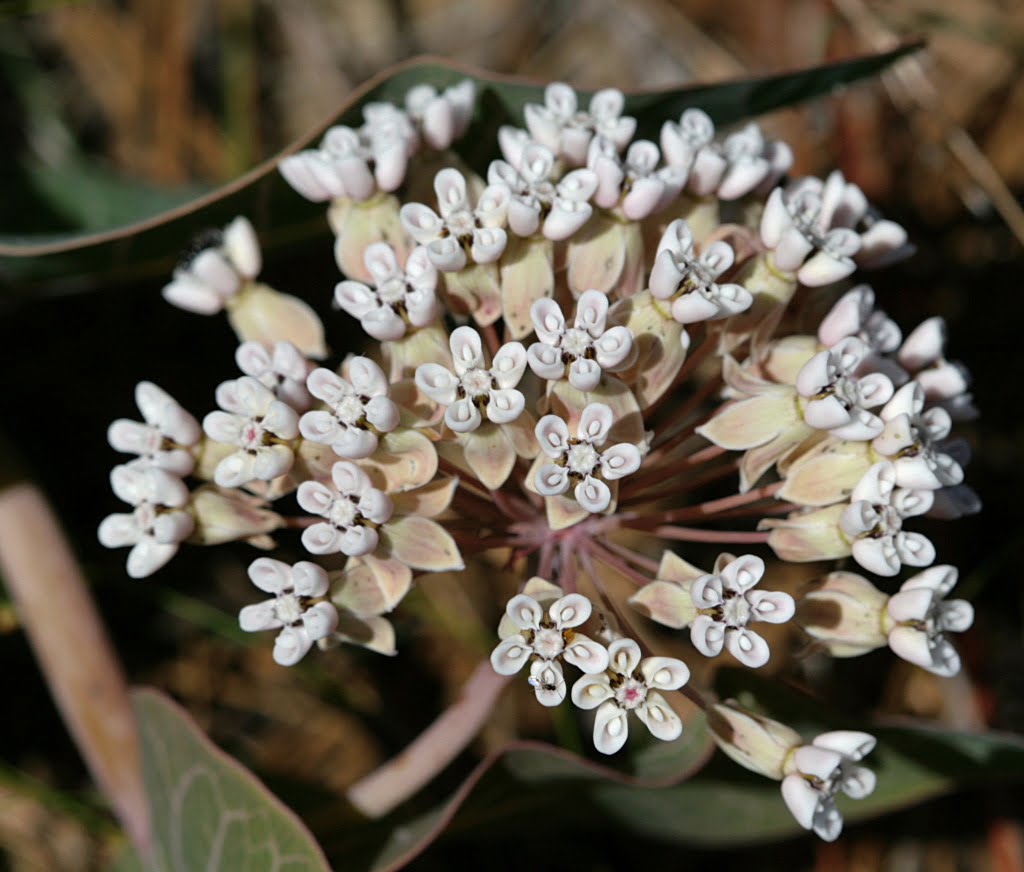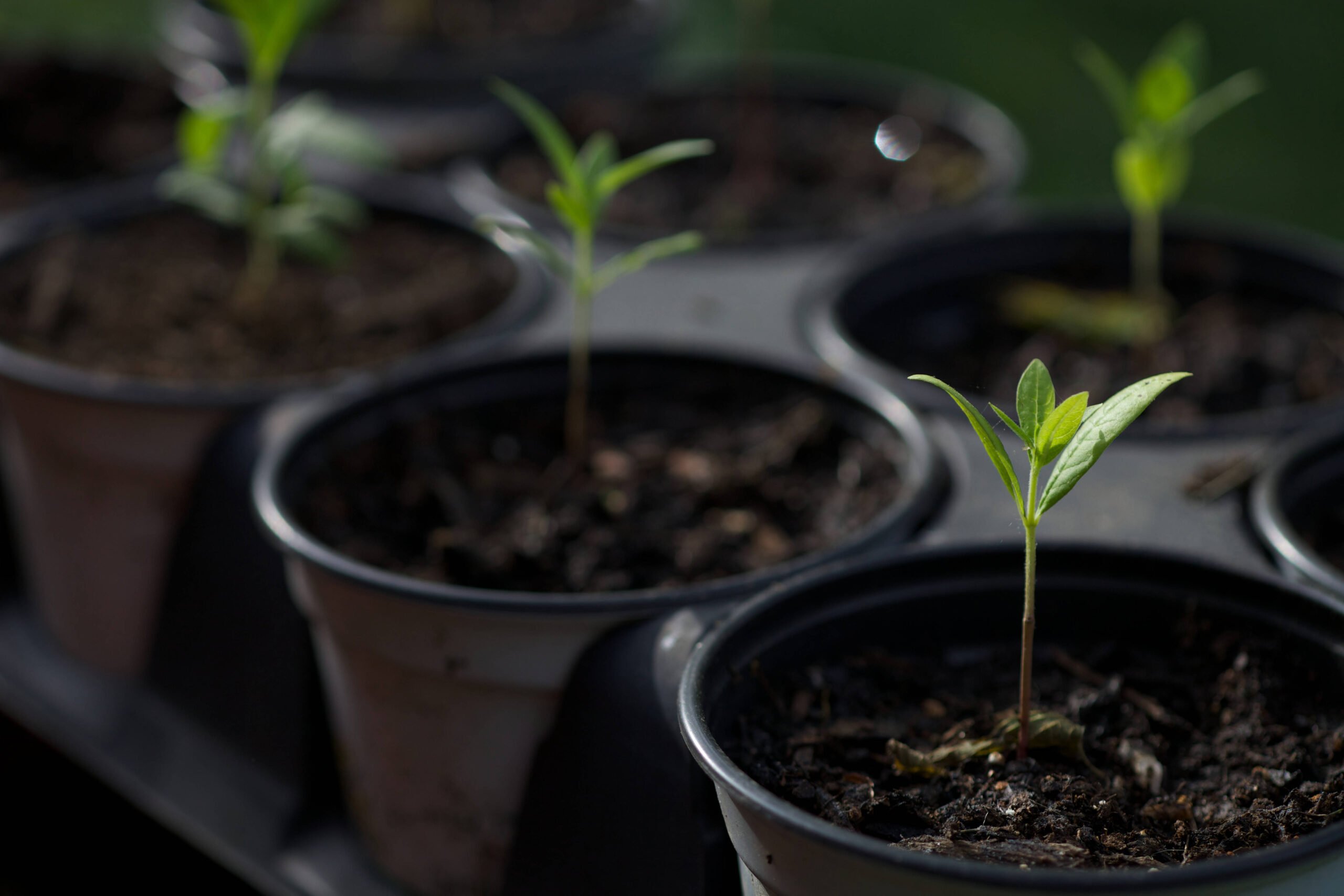Milkweed plants, belonging to the genus Asclepias, play a pivotal role in supporting numerous insect species, most notably the Monarch butterfly. However, with growing concerns over limited non-native species in grown plants and the risks associated with pesticide application, there is a pressing need to promote the cultivation of milkweed from seeds. This article delves into the significance of milkweed, the challenges with purchasing grown plants, and a guide to starting milkweed from seed.
The Importance of Milkweed
Milkweed serves as the primary host plant for the Monarch butterfly, providing both a feeding ground for caterpillars and nectar for adults. Beyond Monarchs, milkweed supports a plethora of insects and is vital for biodiversity (Agrawal, 2017).

10 Sandhill Milkweed Seeds Ascslepias Humistrata Pinewood Milkweed Florida-Native
With Johnny Butterflyseed’s Sandhill Milkweed seeds, you’re not just planting flowers; you’re cultivating a living mosaic of nature’s marvels. 10+ Florida Native seeds.
Challenges with Purchasing Grown Milkweed Plants
Limited and Non-Native Species: Many commercially available milkweed plants belong to non-native species, which might not be as beneficial for local insect populations (Pocius et al., 2018)
Pesticide Application: Commercially grown plants are often treated with pesticides, which can be lethal to insects like the Monarch caterpillar (Krischik et al., 2015).
